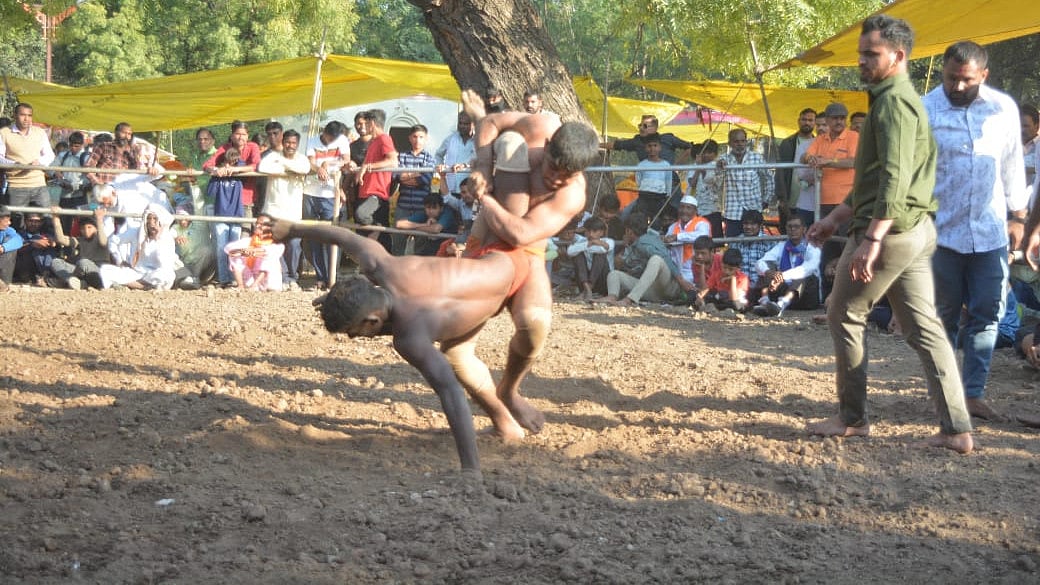Members of the Maval Wildlife Rescue team successfully saved 20 highly poisonous Russell's Viper snakelets and their mother near a house in Maval Taluka on Tuesday. The rescue operation was initiated after a resident discovered several snakelets near the bathroom but was unable to identify the species. She then contacted the Maval Wildlife Rescue team. Responding swiftly, Jigar Solanki and Zakir Shaikh arrived at the scene and identified the snakelets as Russell's Vipers. Further investigation led them to discover approximately 20 snakelets alongside their mother, who had recently given birth to the offspring.
They carefully captured the snakelets and their mother, ensuring the safety of both the reptiles and the rescue team. Later, they notified Range Forest Officer Hanumant Jadhav about the successful rescue operation. All the rescued snakes were released into a jungle area away from human settlements, ensuring their continued safety and minimal disruption to their natural habitat.
Team urges public caution during June-July birthing season
This rescue operation comes after a similar incident last year in June, where 25 Russell's Viper snakelets were successfully rescued from the Talegaon Dabhade region. According to Jigar Solanki, it is typical for Russell's vipers to give birth to their young during the months of June or July.
In light of these events, Nilesh Garade, founder of the Maval Wildlife Rescue team, and Anil Andre, the president, have issued a cautionary warning to the public. They advised people to use torches and wear shoes while walking at night to minimize the risk of snake encounters. Additionally, they emphasized the importance of not attempting to handle or catch any snake, assuming it to be non-venomous. Instead, individuals are urged to contact the local forest department or nearby rescue teams in the event of snake sightings or encounters with injured wildlife.
Russell's viper
Russell's viper, scientifically known as Daboia russelii, is a venomous snake found in South Asia. With its stout body, triangular head, and distinctive chain-like pattern on its back, this snake is known for its potent hemotoxic venom. When threatened, Russell's vipers exhibit defensive behaviour, such as hissing loudly and making a a distinctive sound resembling a pressure cooker whistle. inflating their body, and adopting a coiled strike position. Their venomous bite can be dangerous to humans and can cause severe pain, swelling, blistering, and potentially life-threatening complications if left untreated. Snakebite by Russell's Viper requires immediate medical attention. The primary treatment involves the administration of antivenom, which can effectively neutralize the snake's venom.
Russell's viper is an ovoviviparous species, giving birth to young ones by hatching the eggs in the body. Russell's vipers are known for giving birth to a minimum of 20 and a maximum of 40 in a litter.












